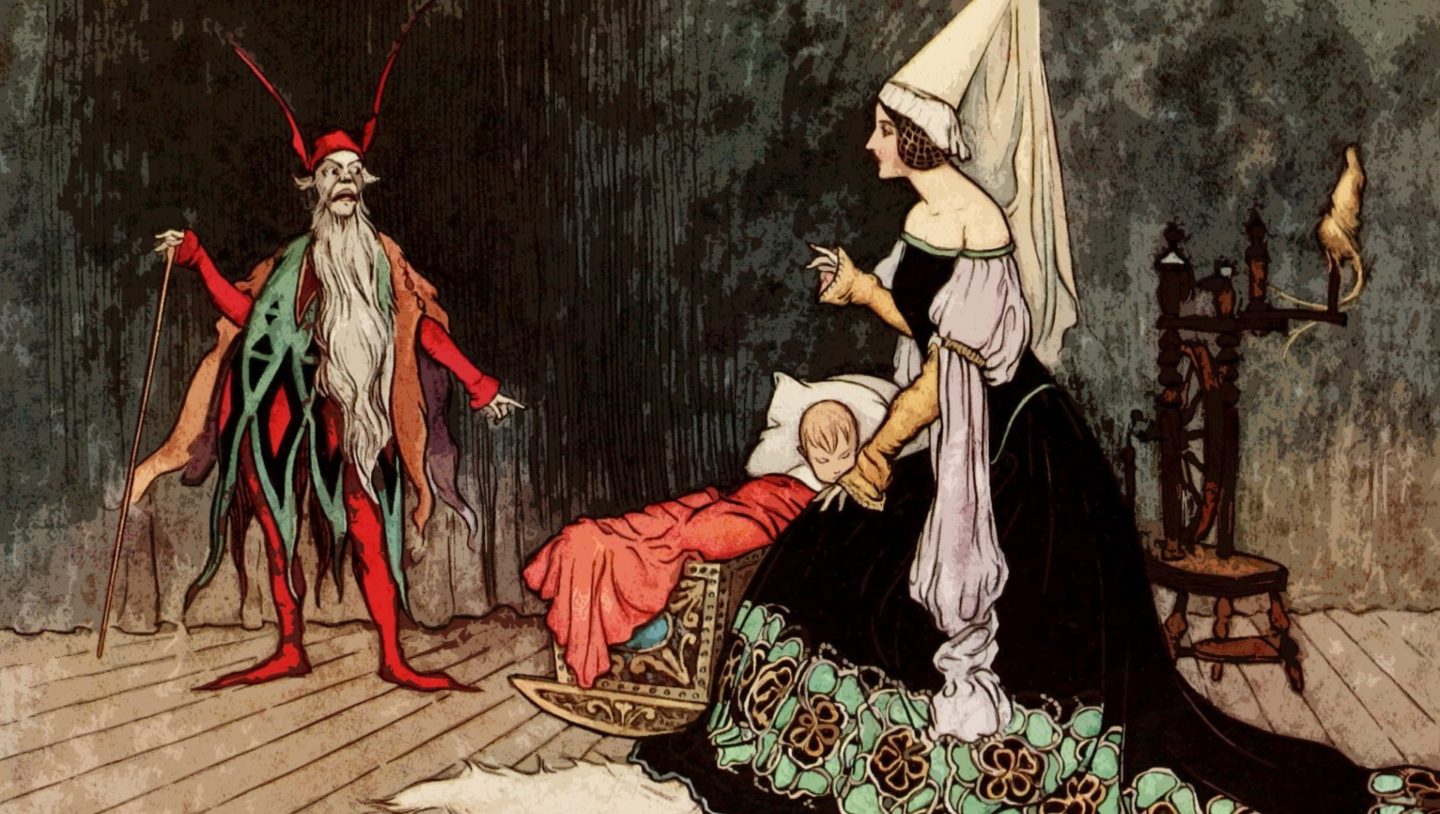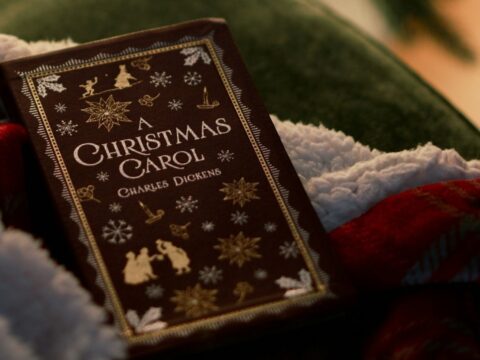But in some cases, so many details have been lost that the story stops making sense. That’s how I feel about Rumpelstiltskin: it makes no sense.
Vivian Vande Velde, The Rumpelstiltskin Problem
You know, when it comes to random, head-scratching fairy tales, I think Rumpelstiltskin tops the list. There’s just so many aspects of this bizarre little story that make no sense whatsoever. But Rumpelstiltskin also has the potential to be retold in fascinating ways. And it has been.
But First—Where Did Rumpelstiltskin Start?
This fairy tale is way older than you might think. In fact, folk tales about a blacksmith who makes a deal with the devil for supernatural powers originated way back in the Bronze Age.
Academics estimate that versions of Rumpelstiltskin first appeared nearly 4,000 years ago, predating the author Homer and even the English language itself. Over the centuries, tales about a magical helper defeated by his own name have been told all over the world.
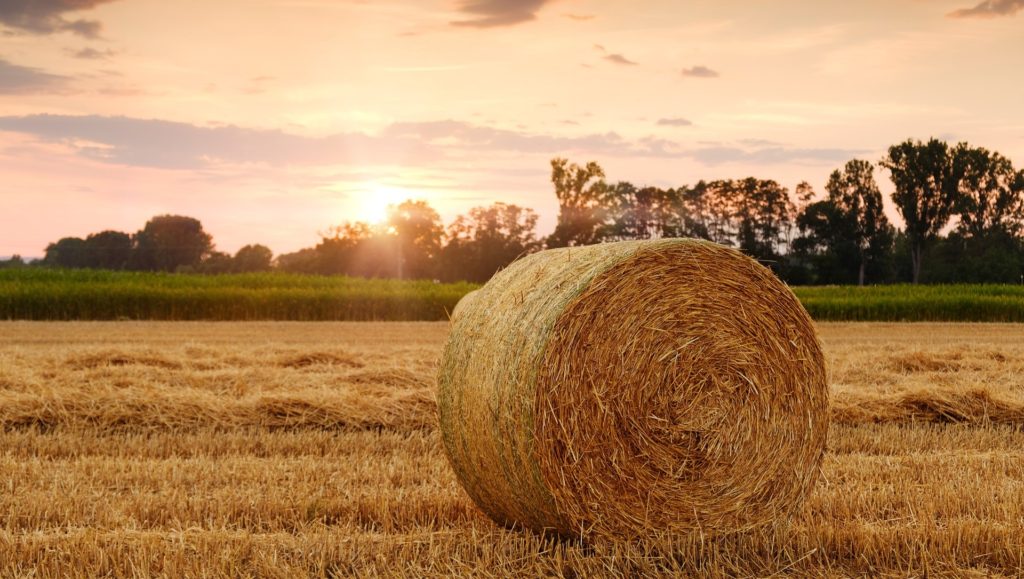
Today, the version of Rumpelstiltskin we’re all familiar with comes from the venerable Brothers Grimm. In German, the story is called Rumpelstilzchen or “little rattle stilt,” a poltergeist-type goblin who rattles objects around the house and causes mischief.
Rumpelstiltskin remains a well-known staple of the Grimms’ collection. But it’s become somewhat . . . convoluted in the past 4,000 years.
Rumpelstiltskin Is Riddled with Plot Holes
Even in the Grimms’ version, those plot holes are big enough to swallow cars. Just for fun, let’s list out the parts of the story that completely defy logic:
- So a poor miller boasts to the king that his daughter can spin straw into gold. How a poor miller got access to the king at all is beyond me, but also why on earth did the king believe him rather than thinking the guy was crazy? If she really could produce infinite gold then they obviously wouldn’t be . . . poor?
- The king then locks the girl up to spin a room of straw into gold on pain of death. Dad, this might be a good time to fess up and rescue your daughter, but he ain’t the first terrible father in a fairy tale.
- The miller’s daughter, trapped in her tower, promptly bursts into tears. And who should hear her sobs but a little magical man who happens to have the exact imaginary skill she needs. Convenience magic for the win!
- Rumpelstiltskin solves her problems twice—in exchange for a GOLD necklace and a GOLD ring. Even though the guy has an unlimited supply of gold? Hmm . . . Also where did this girl specifically described as “poor” come by all this fancy jewelry?
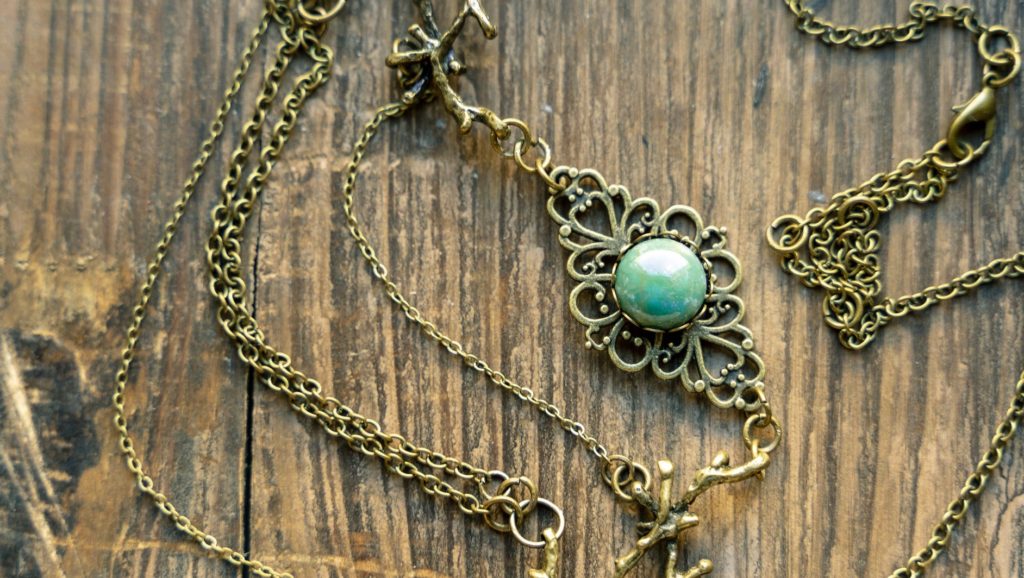
- After threatening her with death twice, the king changes his tune to say he’ll marry her if she succeeds a third time—but if you don’t I’ll still kill you. A tip, honey: death might be a better fate than a life with this cad.
- And of course when Rumpelstiltskin demands her firstborn child as the third bargaining chip, the woman agrees. Apparently bad parenting runs in this family.
- It’s also never explained why the little goblin wants her baby in the first place, but I’ve read some highly interesting speculations on this. My favorite theories are that Rumpelstiltskin intends to use the baby as an ingredient in an evil spell (eek!) or to possess the baby and thereby control the kingdom through its rightful heir (double eek!).
- In any case, the third spinning spree is a success, and the miller’s daughter rides off into the sunset as queen. Well apparently. There’s no explanation whatsoever why her greedy husband never makes her spin gold for him ever again. Hmm . . .
- The day of reckoning arrives! Sort of. Because for no reason at all, Rumpelstiltskin gives her a loophole: guess the name of this story and I automatically lose. Even though I already spun for you and we shook on it, but why not? Like seriously why?
- Then the guy’s big fat mouth ruins everything for him when he can’t resist dancing around a campfire and singing his own name in the forest. I ask again: why?!
- But the queen says his name, and the so-called “little man” is so enraged that he stamps his foot hard enough to sink into the floor and magically split himself in two. The story is so weird already, why not?
Personally I find the quirky, unexplained elements of fairy tales downright delightful. But in general, glaring plot holes like these don’t translate very well to a modern audience.

That being said, Rumpelstiltskin has also withstood the test of time for a reason. The story is both dramatic and captivating. It has great themes about power, greed, deception, the dangers of hubris, and the importance of not agreeing to bad deals. And despite its weirdness—or maybe because of it—Rumpelstiltskin lends itself quite well to being retold. As a result, many a fine author has turned this tale on its head.
Enter Vivian Vande Velde
One of my earliest exposures to retold fairy tales was a little book called The Rumpelstiltskin Problem by author Vivian Vande Velde.
In a nutshell, Vande Velde made some changes to Rumpelstiltskin that actually make sense and modernize this story in whimsical ways. To give you a taste of Vande Velde’s enchanting writing style, here’s what she had to say about Rumpelstiltskin’s huge plot holes:
Excuse me? What do you think your teacher would say if you handed in a story like that? I think you’d be lucky to get a D–. And that’s assuming your spelling was good. It was by asking myself all these questions that I came to write these stories.
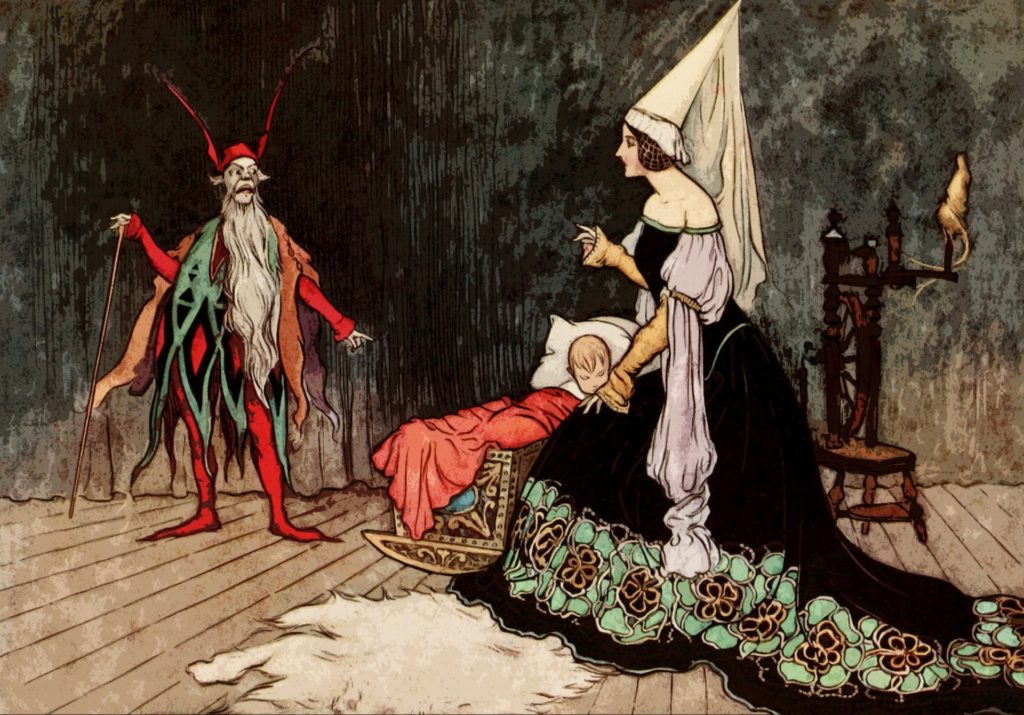
In The Rumpelstiltskin Problem, she wrote not just one, but six versions of Rumpelstiltskin with gloriously creative twists in every one:
1. A Fairy Tale in Bad Taste
In this zany retelling, Rumpelstiltskin is a greedy troll on a mission to taste the flesh of a newborn baby. He’s crafty enough to convince a gullible miller and his daughter to tell a joke that she can spin straw into gold. And chaos ensues! Troll Rumpelstiltskin’s powers of deception account for every odd turn in the story.
2. Straw into Gold
This retelling centers on the adventures of Della, the miller’s daughter. After their mill burns down, Dad tells the gold-spinning lie in hopes of robbing the palace. When their plans are foiled, Della must rely on the help of a young, handsome elf named Rumpelstiltskin, who’s actually the love interest in this version.
3. The Domovoi
A Russian version of Rumpelstiltskin in which the little imp is a furry, goodhearted creature dedicated to keeping everyone in the palace happy. Rumpelstiltskin comes running when the miller’s daughter cries over her father’s lie, which was the result of too much vodka by the way. Side note: the daughter is kind of a brat in this version.
4. Papa Rumpelstiltskin
A refreshingly magic-free version of Rumpel! The king is 100% the antagonist, planning to force the miller’s daughter to spin gold for the rest of her life. Yikes. The bumbling miller and his awesome daughter have to work together to outsmart this greedy monarch for good.
5. Ms. Rumpelstiltskin
You guessed it: Rumpel is a woman in this version and a talented witch. She’s also filled with aggravated sighs over the empty-headed miller’s daughter. However, Ms. Rumpelstiltskin is so old and ugly that she’s never had a child. And the witch very much wants one.
6. As Good As Gold
Vande Velde ends her collection with the most hilarious version of all. No magic in sight here, but the king is the protagonist. And sweet King Gregory must use his wits to evade the clutches of a gold-digging miller’s daughter. For the record, my husband laughed through this entire tale when I read it to him. ❧

